Are you new to the wonderful world of nootropics? If so, you're in the right place.
This post is for those of you who are just starting to learn about nootropics. Maybe you don't even know exactly what that term means yet. If not, don't worry. We'll go over that shortly.
We'll also go over why people use nootropics, what they can do for you, their safety, history, and some other cool info. But first, let's see what nootropics are.
What Are Nootropics?
These are substances that improve one or more aspects of cognitive (mental) functioning. Sometimes the word nootropic is used interchangeably with the term smart drug. However, several types of substances can be nootropics, not just drugs. There are nootropic plants, herbs, and mushrooms, for example.
The word nootropic was first coined in the early 1970s. Romanian chemist and psychologist Corneliu Giurgea came up with the word to describe the effects of a new drug called piracetam. He noticed that this drug was able to improve cognitive functioning without any serious side effects. Dr. Giurgea needed a word to describe this phenomenon and came up with nootropic. He created it by combining two Ancient Greek words into one.
According to Dr. Giurgea, in order for a drug to be considered a nootropic, it must meet five criteria. Included were that it must enhance memory and learning, be neuroprotective, improve the way the brain works under stressful conditions, and have few-to-no side effects or toxicity. Over time, though, the definition of nootropic has changed.

In recent years, the word nootropic is used to simply mean any substance that improves cognitive functioning. They don't necessarily have to be neuroprotective or be free of side effects. A good example of this is one of the most popular nootropics being used today: modafinil.
It can certainly improve cognitive performance but may also cause insomnia, anxiety, and other side effects in some users. Because of this, it wouldn't have been considered a nootropic by Dr. Giurgea's original definition. However, by today's definition, it most certainly is considered to be one.
Now you have a basic idea of what nootropics are. So why do people use them? We'll go over the reasons why people use nootropics and what they can do for you in the next section. If you'd like to learn more about the word nootropic, you might want to read this: What Is The Exact Definition Of The Word Nootropic?
Why Do People Use Nootropics?
While there are a number of specific reasons why people use nootropics, there is one general reason: to improve cognitive functioning. The whole point of using nootropics is to boost mental performance. But how they provide this boost will vary from one nootropic to the next.
Some nootropics, for example, improve cognition by reducing anxiety. If you suffer from excessive anxiety, it may affect your productivity. By taking a nootropic like l-theanine, you can reduce that anxiety without feeling sedated. This will lead to improved cognition and an increase in how productive you are.
Other nootropics improve cognition by directly increasing attention and focus. A good example of this is modafinil, which is mentioned in the section above. Modafinil is in a class of drugs called eugeroics. These drugs increase wakefulness and can significantly improve focus and attention.
Reducing anxiety and increasing focus are just two ways that nootropics can improve cognitive performance. Here are some more reasons why people use nootropics:
- Improve mood

- Reduce anxiety
- Increase focus
- Increase attention
- Increase wakefulness
- Improve memory
- Improve learning
- Increase motivation
- Increase creativity
As you can see, there are many different ways that nootropics can improve mental functioning. Some nootropics will only have one of these effects while others will have several. Your individual goals determine which nootropic(s) will work best for you.
Most people become interested in nootropics because they're trying to do one or two things in particular from the list above. Why are you interested in nootropics? Are you looking for something to increase motivation? Improve memory and learning? Or maybe you want something that will boost your mood and reduce anxiety?
Mood improvement and anxiety reduction are two of the most common reasons people use nootropics. Increased focus and motivation are also common. Once you know why you want to use nootropics, you can figure out what nootropic(s) to try. To do this, check out our Best Nootropics For series. We list the best nootropics for memory, mood, motivation, anxiety, focus, creativity, studying, and social anxiety.
Are Nootropics Effective? Are they Safe?
In 2017, the global nootropics market was valued at over one-billion dollars ($1.324B).1 By 2024, the nootropics industry is expected to worth over five-billion dollars a year. That's a lot of money to be spending on something that isn't effective. However, for most people, nootropics are effective.
 But not all nootropics are effective for all people. Everyone's brain chemistry is different. Because of this, everyone responds to nootropics differently. I think phenylpiracetam is great for boosting motivation and focus, for example. However, my brother – no matter how much phenylpiracetam he takes – doesn't experience any of the benefits that I do.
But not all nootropics are effective for all people. Everyone's brain chemistry is different. Because of this, everyone responds to nootropics differently. I think phenylpiracetam is great for boosting motivation and focus, for example. However, my brother – no matter how much phenylpiracetam he takes – doesn't experience any of the benefits that I do.
To figure out which nootropics work best for you, you'll likely have to try more than one. That's a mistake that a lot of beginners make: They try one nootropic and if it doesn't work, they give up. Don't get discouraged if the first thing you try doesn't provide the benefits you're looking for. Keep trying different nootropics and eventually you'll find one or more that work great for you.
As far as safety goes, most nootropics are considered to be very safe. Most people don't experience any side effects at all. Those that do experience side effects usually find them to be mild. And they go away shortly after discontinuing whatever nootropic was causing them.
It's hard to generalize what side effects can occur since there are dozens of different nootropics. Some seem virtually side-effect free for just about everyone who uses them. Others have predictable side effects that many users experience.
The most common general side effects of nootropics include headaches, nausea, and upset stomach. The last two can often be reduced or eliminated by taking the nootropics with food. Headaches are a common side effect of one particular type of nootropics called racetams. These are chemically-similar substances that include piracetam, phenylpiracetam, and aniracetam. Most people who experience headaches from taking them find that adding a choline source gets rid of this side effect.
Like all substances, each nootropic has a different side effect profile. Some are virtually side-effect free for everyone. Others have predictable side effects. Modafinil, for example, will cause insomnia for most people if they take it too late in the day. But in general, the nootropics talked about on this website are safe for most people. For a more in-depth read about this topic, check out this post: Are Nootropics Safe?
Where To Buy Nootropics?
![]() Some nootropics can be found in vitamin shops and even in grocery stores. It's not uncommon to see certain things like l-theanine and ginseng on the shelves in some of these places. However, most nootropics can only be found online.
Some nootropics can be found in vitamin shops and even in grocery stores. It's not uncommon to see certain things like l-theanine and ginseng on the shelves in some of these places. However, most nootropics can only be found online.
Amazon carries a number of different nootropics. They have a much wider selection than you'll find at even the largest vitamin shops. You'll find nootropics like l-theanine, ashwagandha, mucuna pruriens, and ginkgo biloba on Amazon. Unfortunately, you won't find the most popular and powerful nootropics there.
To find things like modafinil or piracetam, you have to buy them from an online nootropic seller. There are dozens of different vendors with new ones popping up all the time. While most of them seem to be trustworthy, there are some that are not. For this reason, we recommend you only order from nootropic vendors on our list of Where To Buy Nootropics. Every seller on the list has great products, reasonable prices, fast shipping, and excellent customer service.
Conclusion
Hopefully now you've got at least a basic idea of what nootropics are and why people use them. There's a lot to learn about nootropics, which can be overwhelming for beginners. But now you've got a basic understanding of what they are. For answers to a lot of other questions about nootropics, check out The Nootropics FAQ (Frequently Asked Questions).
To learn even more about nootropics, you may want to read Nootropics: Unlocking Your True Potential With Smart Drugs. It's packed with information and is written for beginners and experienced users alike.
Lastly, if you haven't already, please subscribe to the Nootropics Zone newsletter below. You'll get the free PDF The Ultimate Nootropics Quick Reference Guide. It lists the basic information about dozens of the most popular nootropics being used around the world today.
To learn more about nootropics, sign up for the Nootropics Zone newsletter. You'll get the free gift, The Ultimate Nootropics Quick Reference Guide.
References
1Global nootropics market will reach USD 5,959 million by 2024: Zion Market Research. (2019, January 11). Retrieved October 18, 2019 from https://www.globenewswire.com/news-release/2019/01/11/1690384/0/en/Global-Nootropics-Market-Will-Reach-USD-5-959-Million-By-2024-Zion-Market-Research.html
[This post was originally published on October 25, 2019. Updated June 4, 2021.]

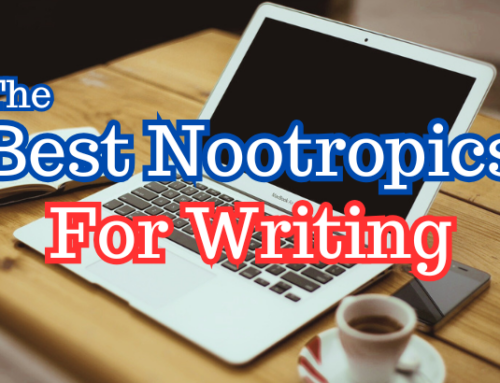
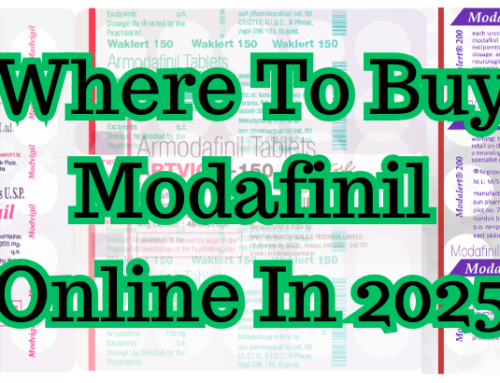
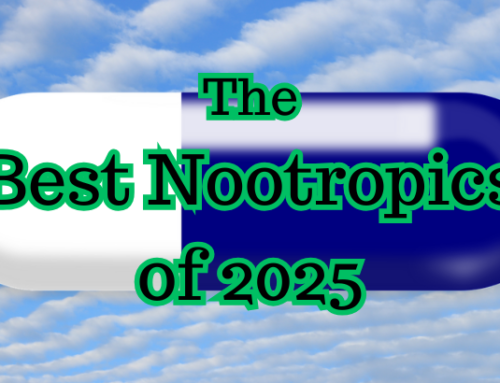
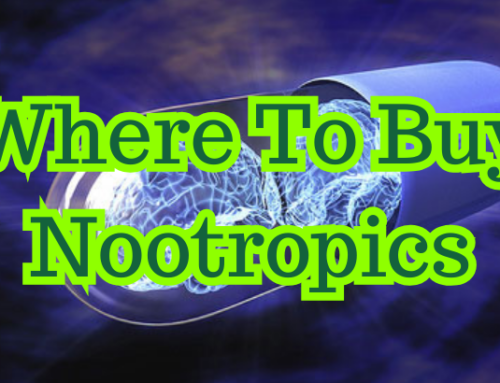
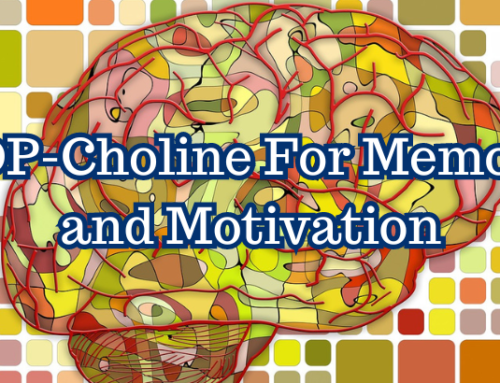

Leave a Reply